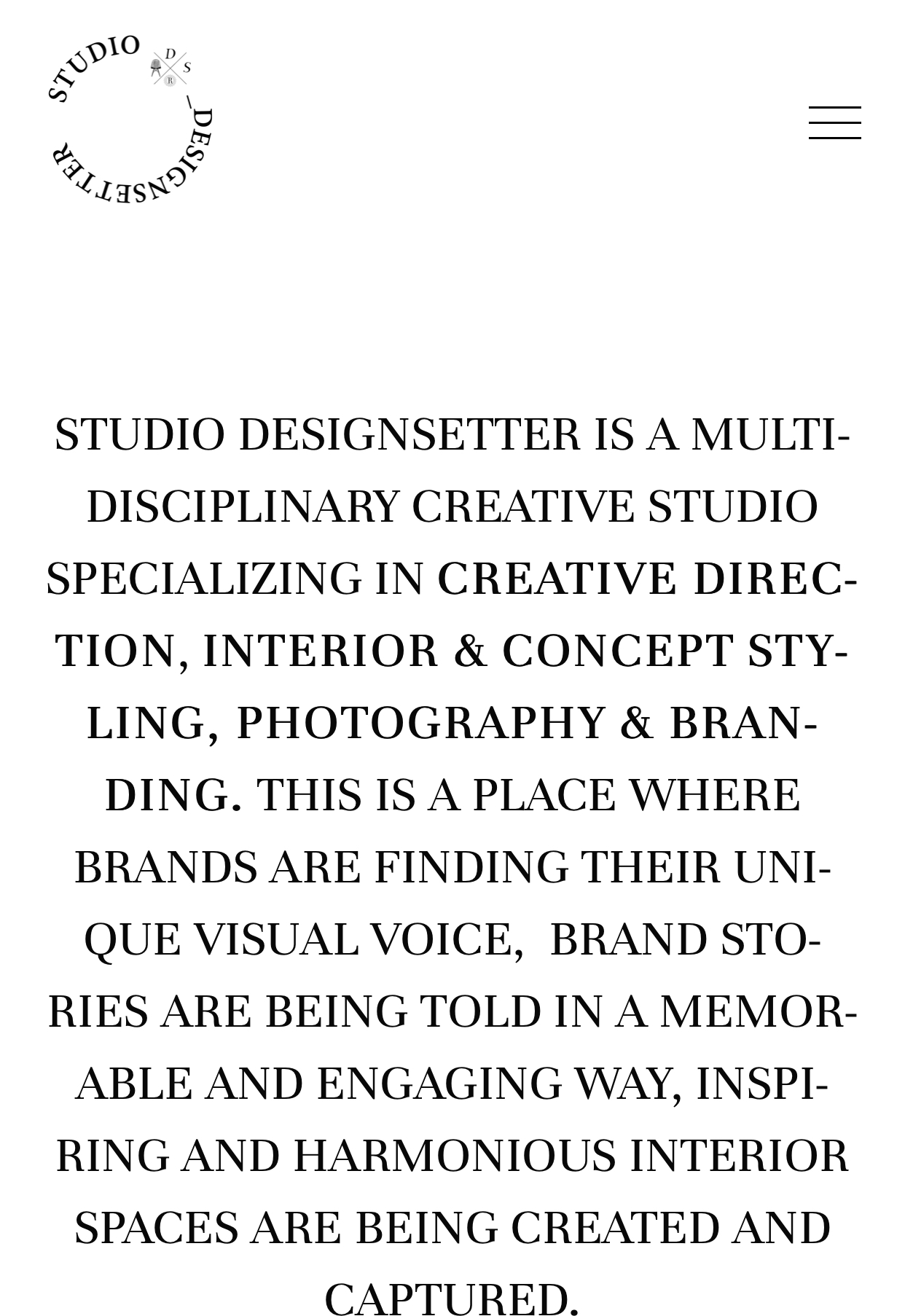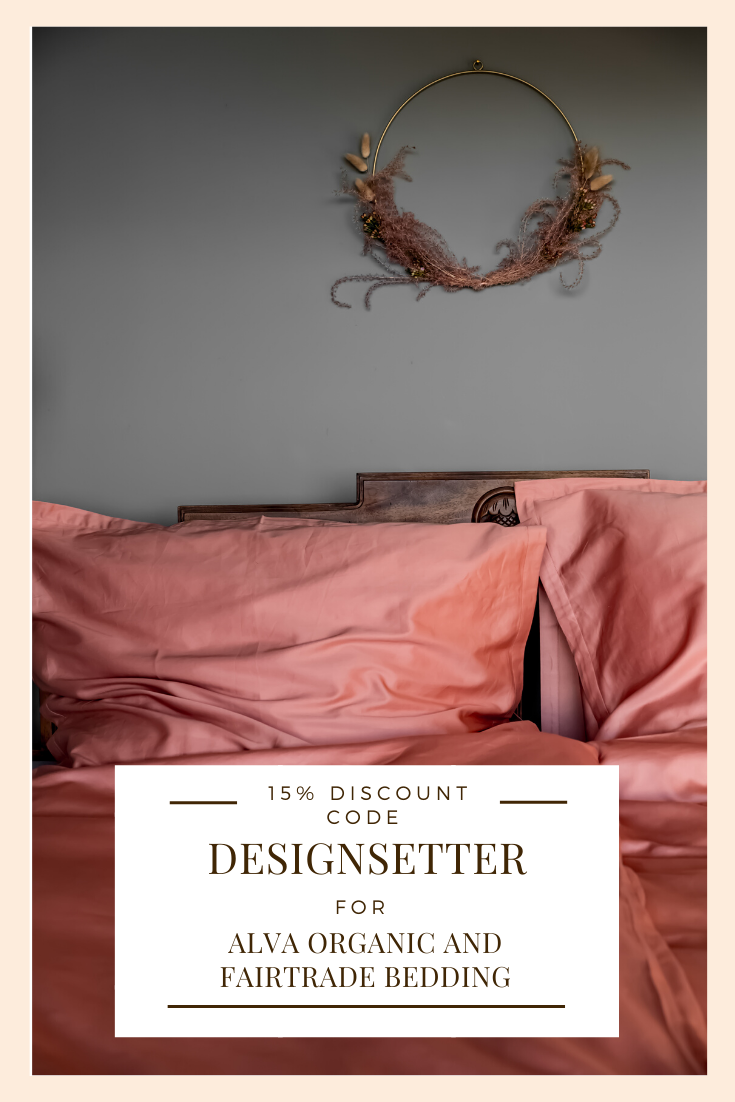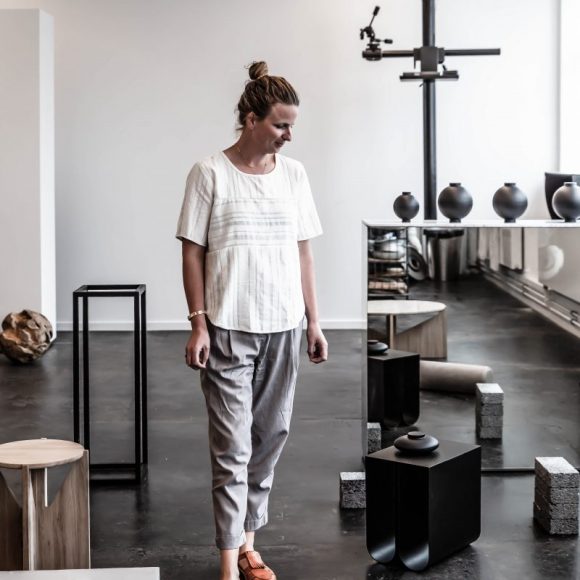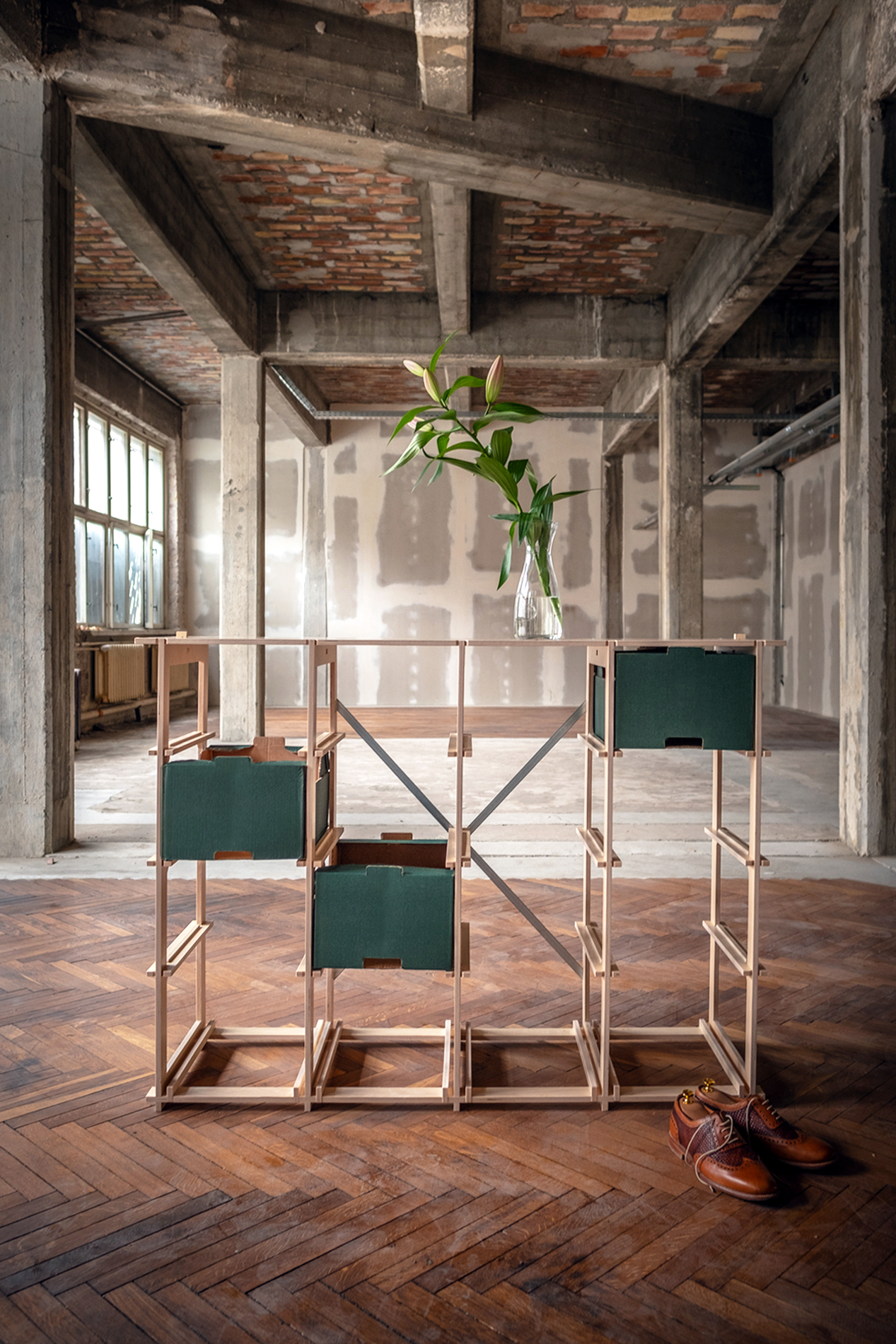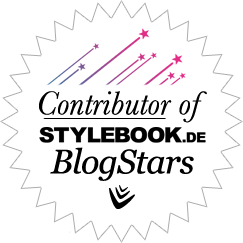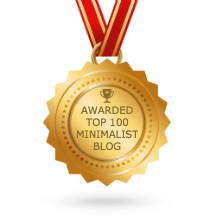Mikkel Palsby is the son of the Danish product designer Ole Palsby. Mikkel took upon the last prototypes that his father left behind and brought them to the market with Palsby Brand. You can also read the full story here. In his interview with Designsetter, Mikkel tells us about the journey of continuing a family design tradition.
Mikkel, the Palsby Brand has a beautiful story of keeping a family tradition alive. Your father Ole Palsby was a world-renowned industrial designer who had a unique philosophy connecting design to way of living, making it part of cultural aspect of living. His last work was the prototype of the Zen Like Cutlery ICHI which you took over as Palsby Brand. Could you tell us a bit about the story of the brand and the starting point of Palsby when you took over the prototype of the Cutlery that your father designed?
First I will tell you a bit the story behind ICH the Cutlery. My father was working over more than 25 years with a Japanese company. It all started when the owner of this Japanese factory contacted my father at a fair in NYC and asked him to do a cutlery for the Japanese market. My father canceled his ticket back home and went directly to Japan – so began a collaboration of more than 25 years between the two of them. He did many products for them but most of them are only prototypes. He designed the cutlery in 1987. It was introduced to Japanese market in 1989. It was introduced to the Danish Market in 1993/94. In 2007/08 he took upon the cutlery again and redesigned it. Because the original pieces where very small – designed for Japanese. Unfortunately my father passed away before the new version of the cutlery was finalised. The prototypes were there but it was not finished yet. When we took over the prototypes and designs from our father, we started by contacting the factory and we went to Japan. That was the beginning of the company Ole Palsby Design. When I went to the Japanese factory it was a bit like going to visit a family because they knew my father for so many years, they treated me almost like a son. Usually it is difficult to come to the Japanese market, so this was very nice for us, having already an established family relations with the Japanese factory. So I guess we can say, the Ole Palsby Design company started in Japan. It took about two years from then till we introduced it in Denmark.
Continuing a family tradition must be an honor and a responsibility. You father probably had specific wishes for the development of the ICHI Cutlery. What were the specific wishes? How do you manage to follow his will, to make sure the ICHI collection turned out to be how your father wanted it to be? Is it a difficult role to fulfill?
Ofcourse it is a difficult role, but I think I have a very good understanding of what he wanted to create. He did not tell me how to work with the the cutlery, but I knew his way of thinking, hence I had the understanding of how my father would present the cutlery. I think most important for him would be not to compromise on the quality. Also, not to make a big fuss about it, not to make it too popular, rather show the product as it is in respect to people that he has been working with on it. – The craftsmen in Japan already knew him very well so they could tell us a lot about the thoughts behind his design, the process and what have been going on in production before. In that way, we had a straightforward view of what we had to do when taking upon the designs, the marketing, branding, etc. CHI was a result of a collaboration with the japanese company – and it was important to tell that story when we launched the cutlery in Denmark . It was always important to my farther- to give half the honour to the craftsmen and half the honour to himself. To underpin the collaboration the stamp of the cutlery is “OHIZUMI JAPAN / OLE PALSBY” We have never been able to fulfil the project without a close dialogue with the craftsmen at the factory. Every detail was discussed. Just like my father have always done when he designed products. He used to spend a lot of time at the factory, discussing what are the best materials, how do they work. He was very hands on with his products.
How did you father approached the design process? Was it more of an intuitive approach or a more similar to engineer thinking?
My father’s first approach to a new product was to study the use of the product and then, as I mentioned before, to go to the craftsmen to discuss about what are the best materials for the task with them together. He was focused on the craftsman and the consumer in all his projects. Then of course he had his aesthetics and his philosophy, in the end, all that had to add up together in the final product. He believed that products had to be aesthetic and usable.
“Form follows function”?
Ole Palsby believed that if you only focus on form follows function, then it does not work. You have to give the product some kind of life, some kind of aesthetics and something that people can relate to. The haptic of the product also plays a big role – the product should feel good in our hands when we hold them. Ole Palsby wanted that people can relate to his products.
The Ichi cutlery is based on a beautiful philosophy of minimalism and respect to the essence of the meal. The philosophy of making food and the utensils as the integrated elements of a good meal. This philosophy was a guiding principle in your father’s work. How is his encounter with the japanese Zen Philosophy inspired his designs for the Ichi cutlery? How meeting the japanese craftsman Kazonosuke Ohizumi and producing this collection in Japan influence him and his work? Could you tell us a bit more about the production techniques
Yes we went to see the factory. It is located 500 KM North of Tokyio. It’s a small family factory who have been making cutlery for more than 70 years . There are 25 craftsman working there. It reminds me a bit the old fFactories in Denmark with old wheels going around – very hands on, where much is done manually. In the japanese factory the smith are sitting each on a chair and has several tools he is using, all holding a cutlery piece in the hand, there is no automatic production involved.. For example when the craftsman works on a fork, he utilises 8 different tools. the last step in the making of the cutlery is the polishing. The end result are organically shaped pieces.
One of the important characteristics of handmade products is that if you look at them, you will not see a difference between pieces from the first sight. But I think maybe you can feel a slight difference when you hold each piece in the hand.
Is it common in Japan to make more handmade cutlery than what we use in the west mass produced? In Japan there are some fully automatic factories using robots and also they have a big industry of small craftsman factories creating very fine products. There is a very long tradition of craftsmanship for objects of daily use in Japan.
I have held the black matt ichi cutlery in the hand. There is a beautiful effect – the fingerprints are visible on the cutlery when you touch it. I like this effect a lot, making the cutlery personal and so to speak “full of life”. It doesn’t feel polished, rather had that charming “used” feeling. Is it also the wished characteristic of handmade cutlery? What is the material that the cutlery made of and how is this effect achieved?
The Ichi Cutlery made with stainless steel and coated in titanium. When it’s totally new, you will see your fingerprints on it and with time, it will become more and more black as one color all over the surface. It takes a little time to change. I think it is nice that even though its made of steel, it changes over time.
On your website there is a following statement: “Development of products in democratic design based on Ole Palsby’s ideas and concepts. The products will be developed for mass production in high quality for third party partners such as COOP, Alfi and WMF” Could you please deepen a bit on the topic of mass production. Could Ichi Cutlery be massed produced in the future?
Ichi is not a product made for mass production. The idea of Ichi cutlery was to make a hand made high quality product which is not too expensive. We hope it will become the cutlery you will use for the rest of your life and maybe pass it along to generations after you. If you look at it this way, the value that such cutlery meant to bring is relatively affordable. Instead of buying each time different sets of cutlery, you have instead one special set to which you can relate, get connected to emotionally. This was the initial philosophy and wish of my father for the Ichi collection.
The other products we have are for mass production but we are very eager not to compromise in high quality. We would like to optimise the production processes without getting into a compromise within the quality. I don’t think you can enter a danish home and not find at least one product designed by my father. This was made possible by mass producing without the compromise on quality. I still meet people who tell me they bought Eva Trio cooking pot in the 80th and still use it. This assures me in the quality and sustainability of the mass produced products, which was very important to my father.
Do you wish the the Ichi cutlery collection will be more found at homes or in restaurants?
I would love it to reach as many homes and families as possible at become a timeless piece the people are emotionally connected to. At the same time, getting the Ichi Cutlery into restaurants is a good way for people to try it and fall in love with it while dining a fine meal. I think this cutlery is not only beautiful and iconic but I also think it is a great tool for eating. Hence it is important to get it in the hands of people. Even though it is a classic cutlery, it is very different. The restaurants with whom we collaborate use the Ichi cutlery because it differs and has a unique character. It’s quite iconic to have it on a table, next to unique ceramic plates.
In your opinion, what makes design timeless?
I think first of all simplicity of form makes the pieces timeless – without ornaments, seasonal colours. Beauty makes it timeless and the ability to relate to the design. I think the form of a design piece needs to be inspired to something that we can connect to like nature, the human body – to help us connect emotionally to the object. This makes it timeless.
What difference it brings to our daily lives when we surround ourselves with hand made design objects?
I think if the product have a story behind it and you know that someone really cared about it while making it, then you can better relate to it. It is important that the things we surround ourselves with are cared about because this is also a way to show that the designer cares about the consumer. The other aspect is that you have something unique that not everyone are using, it is your personal belonging with a story and characteristics you can connect to.
Are there new products in store for the Brand? Where do you wish to see yourself in the next five to ten years from now?
We are currently working on a ceramic project – also to be produced in japan.We are focused on the social importance of the meal – we want to make tools that enhance the dinner experience , just like my father who believed that a meal is a very important social element. He believed that the cutlery you are using is telling something about you and the people you are together with.
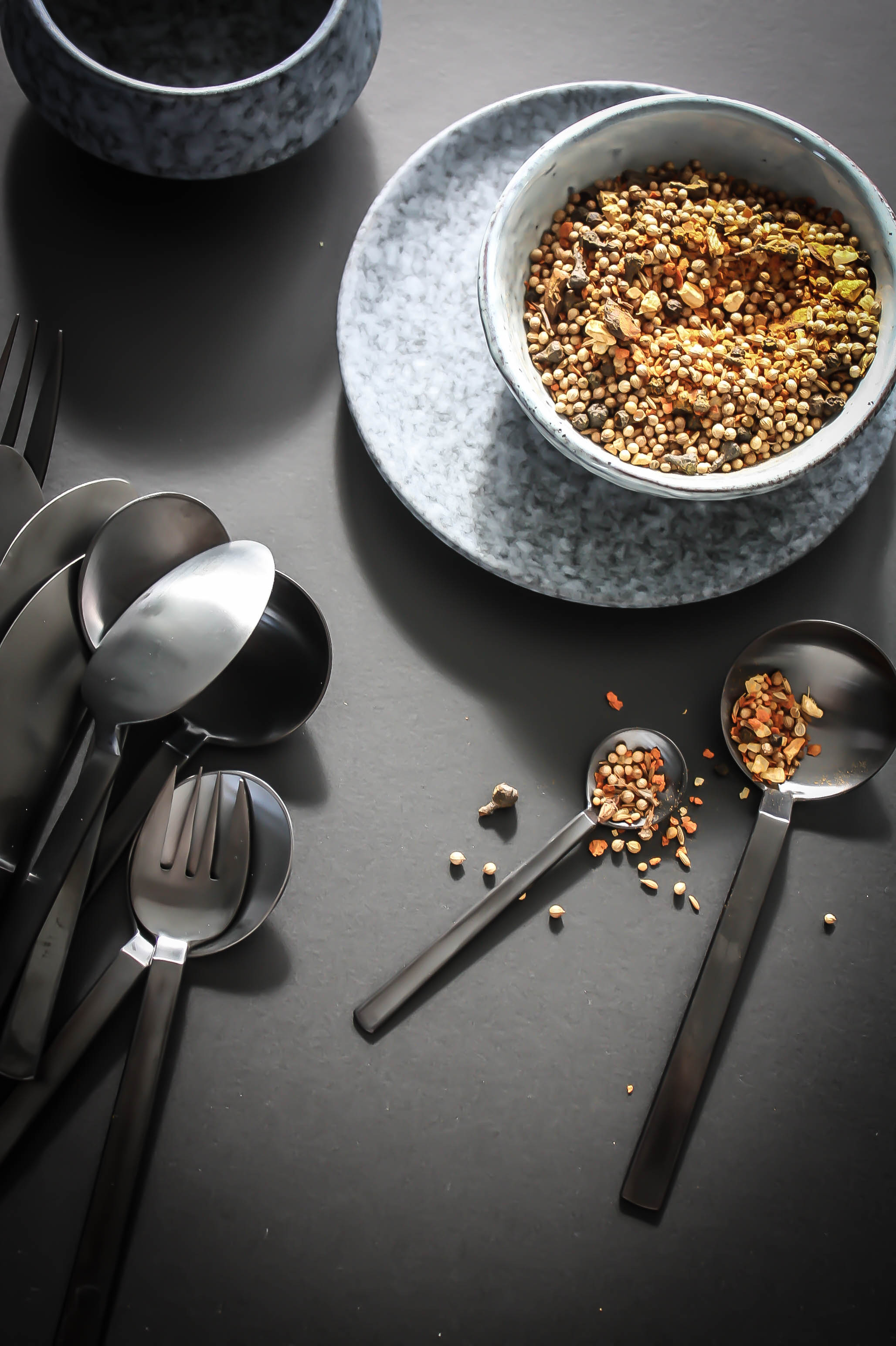
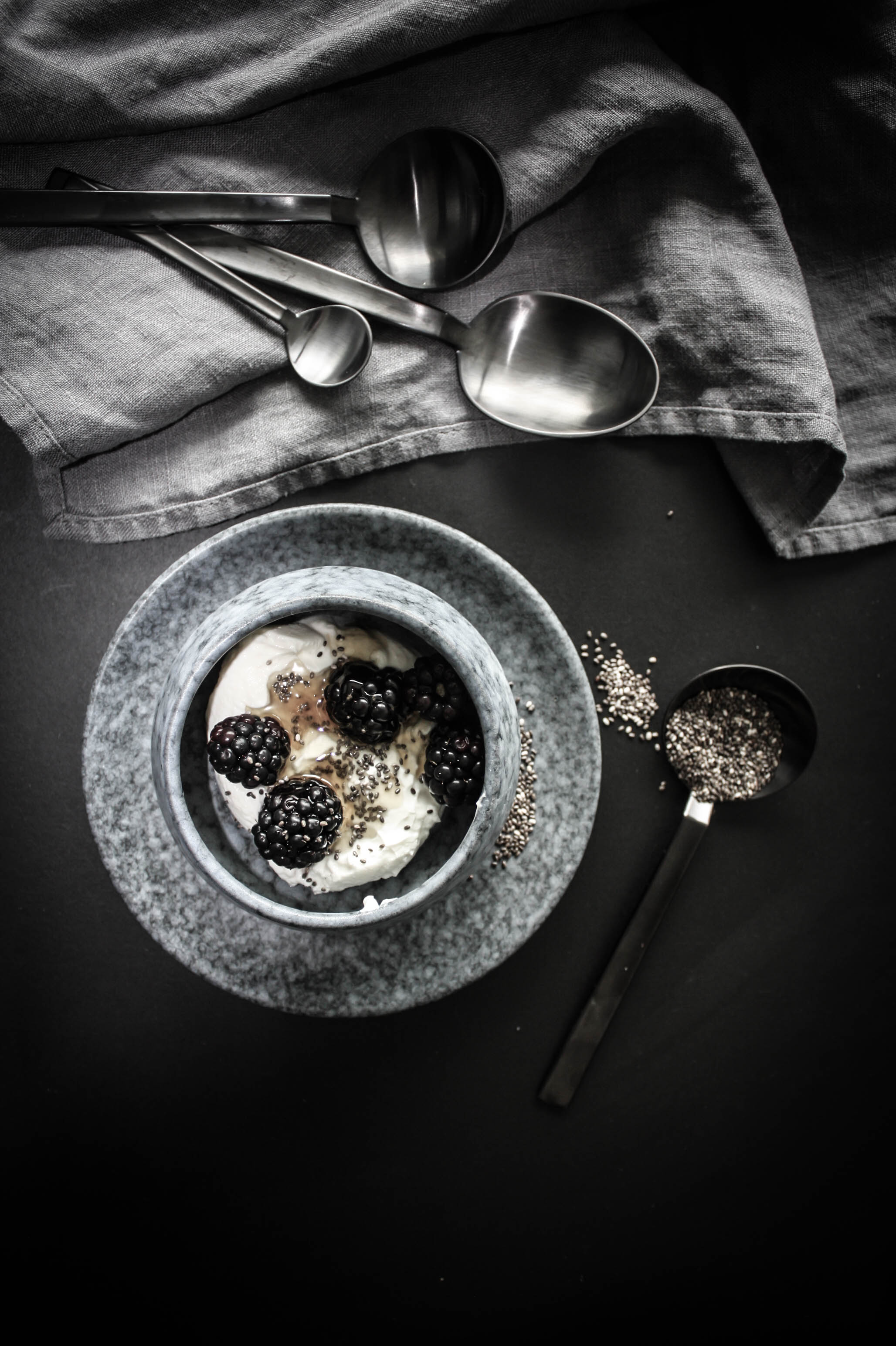
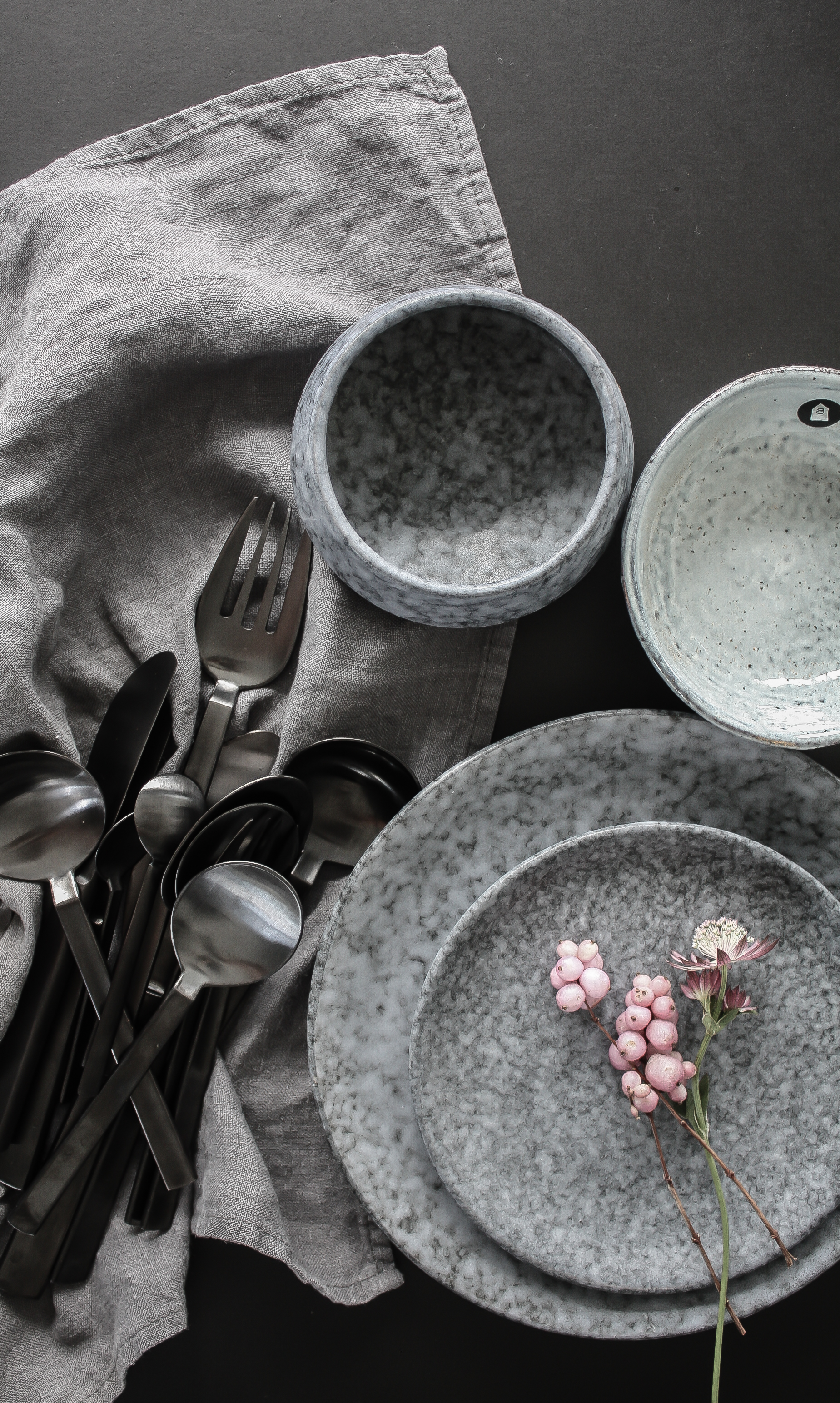
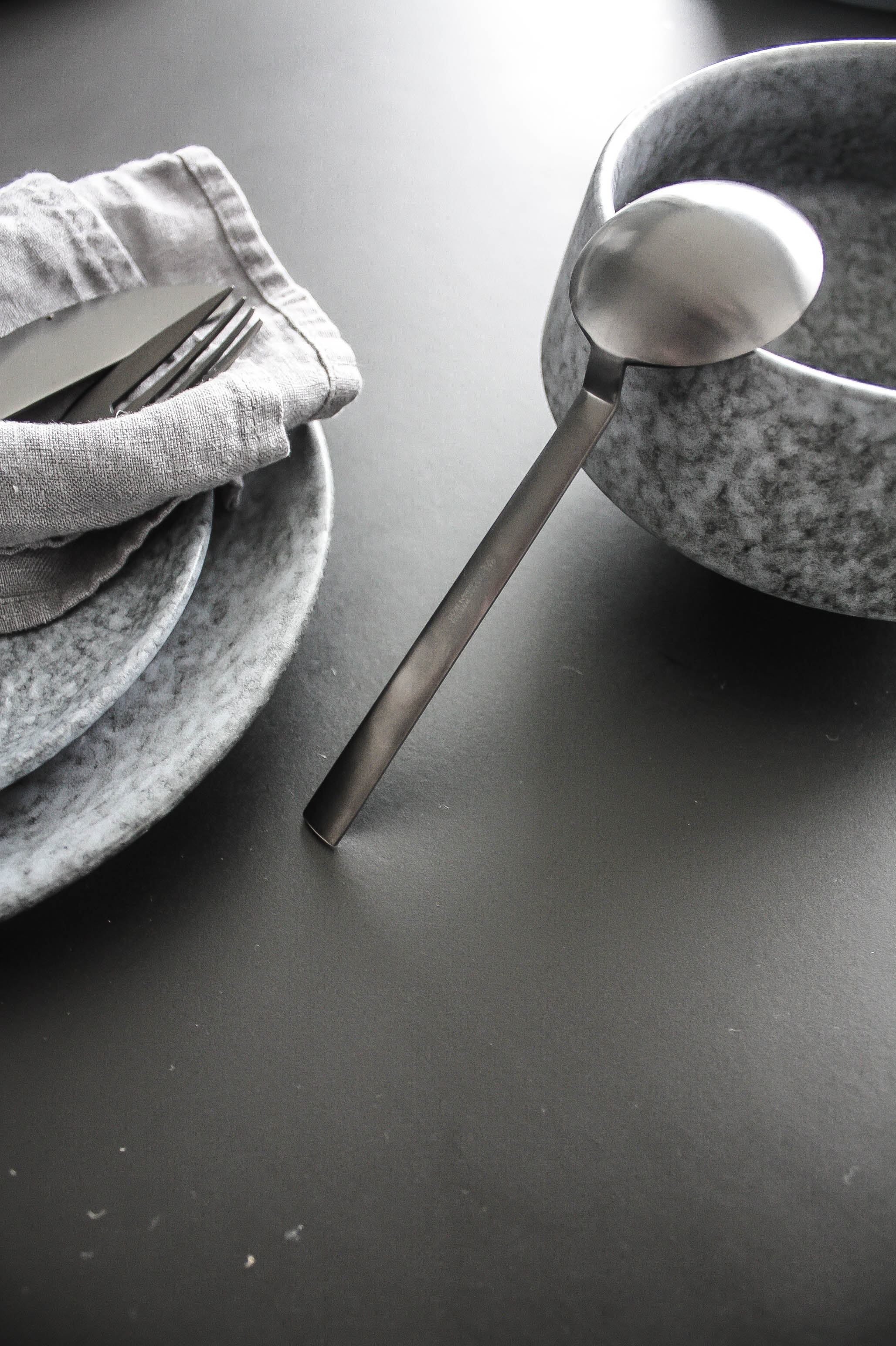
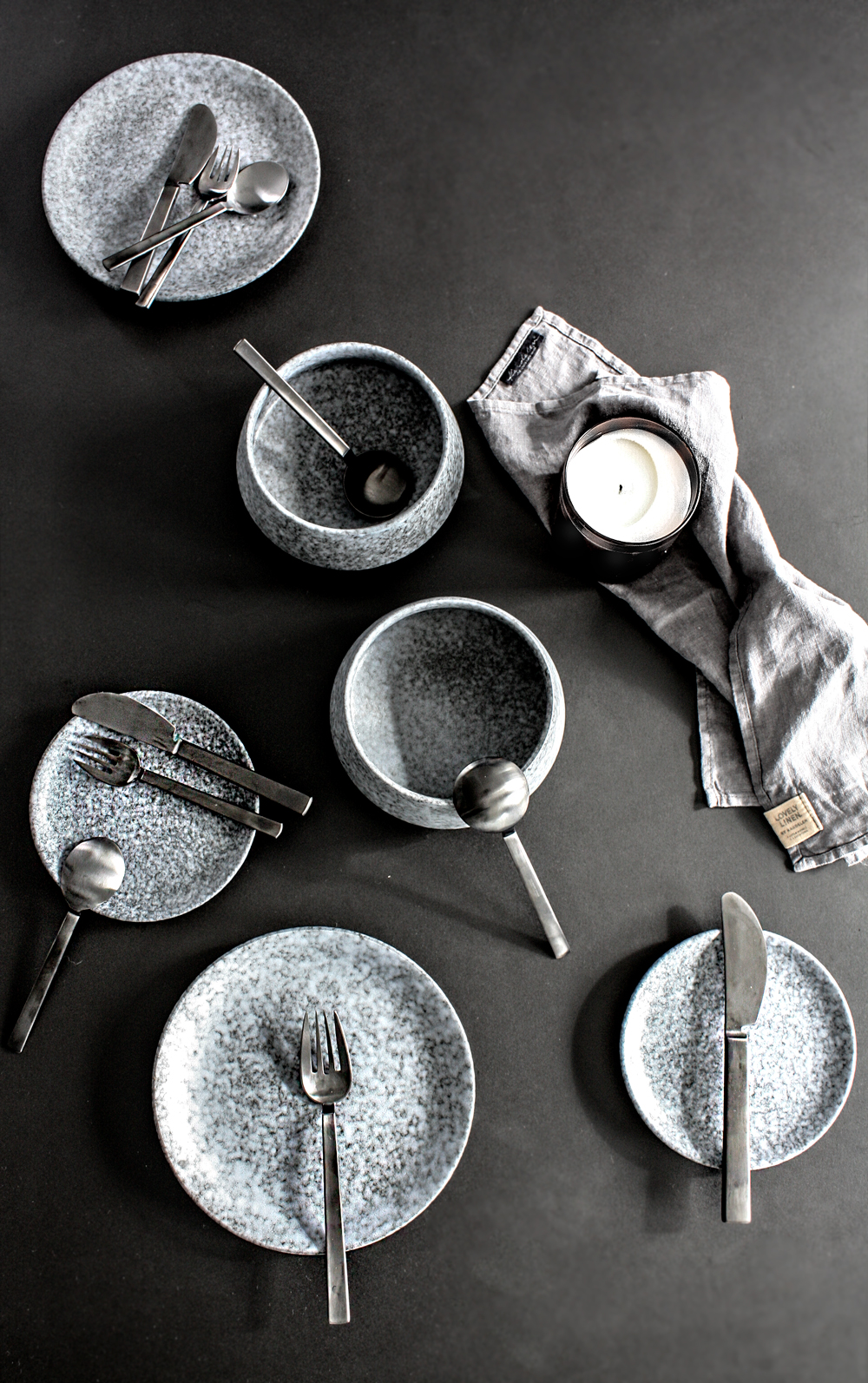
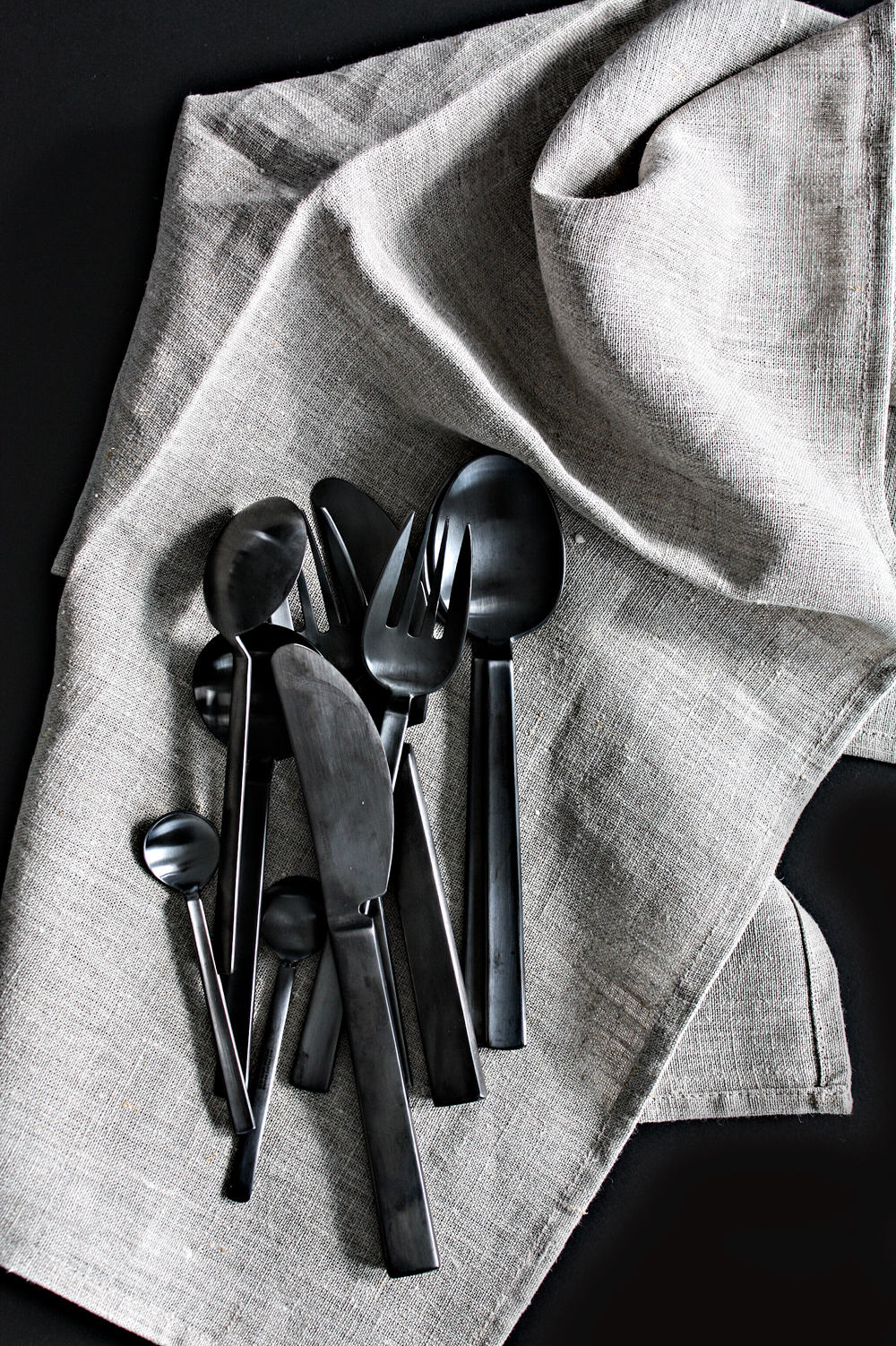
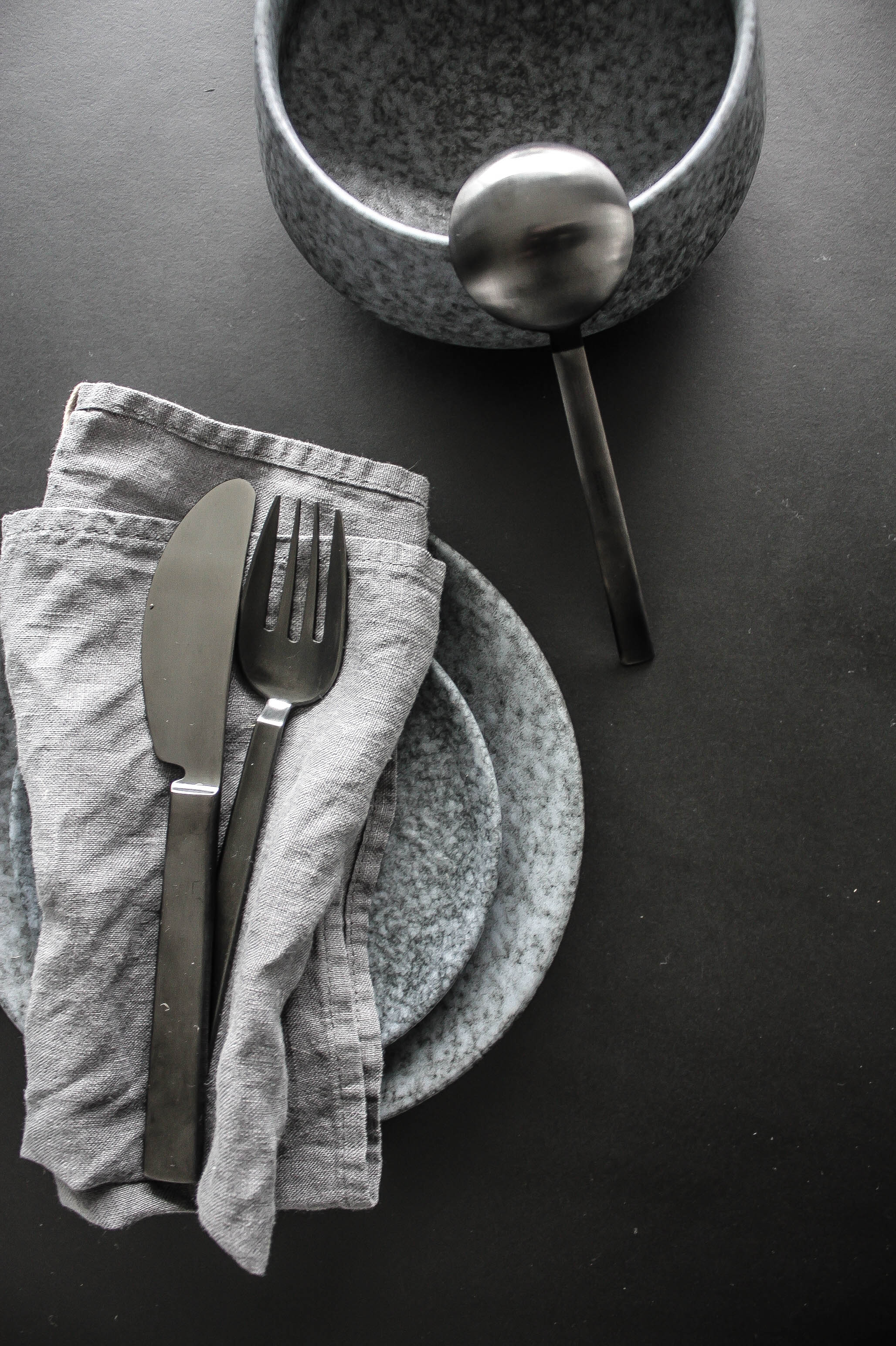
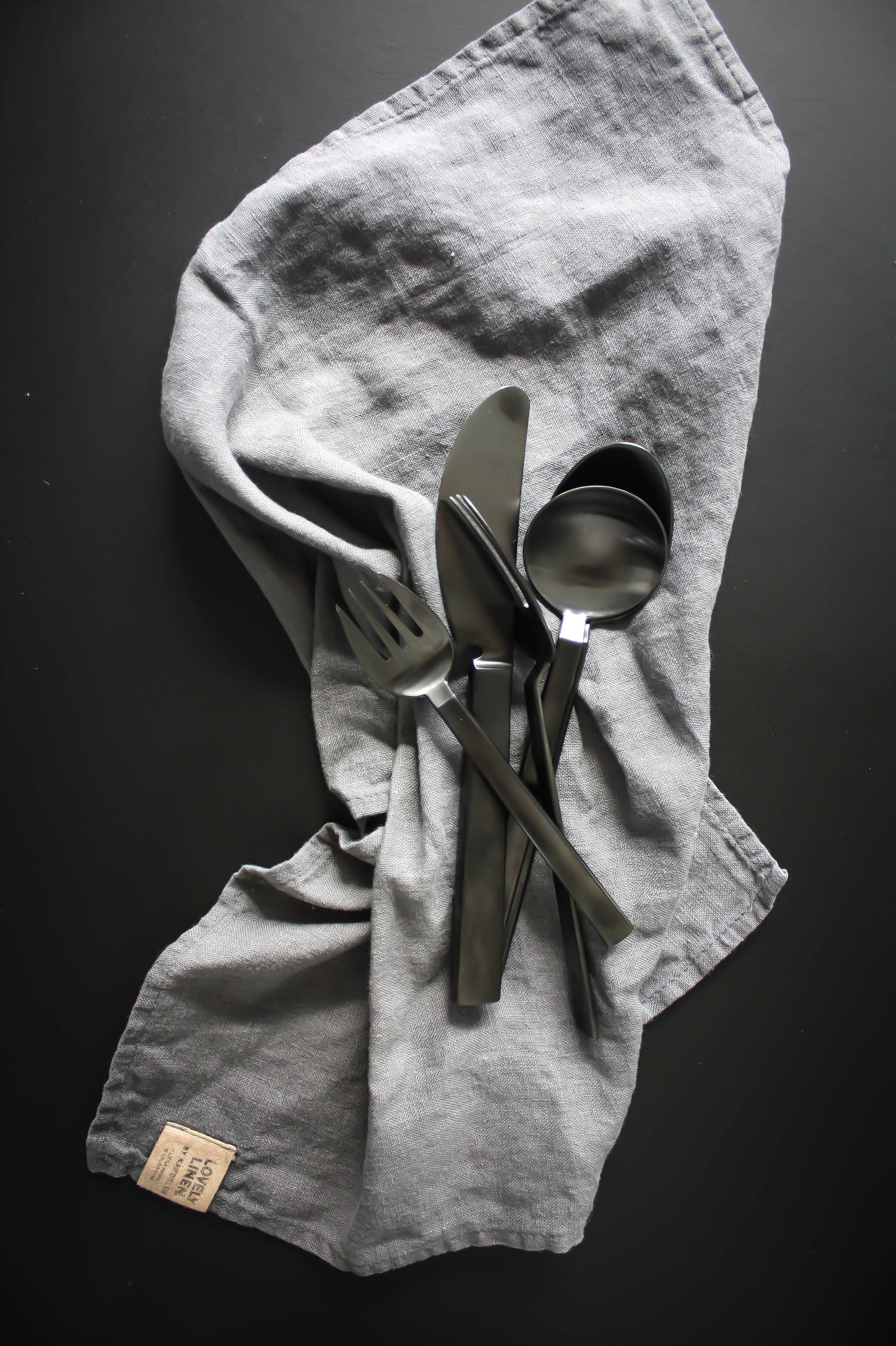
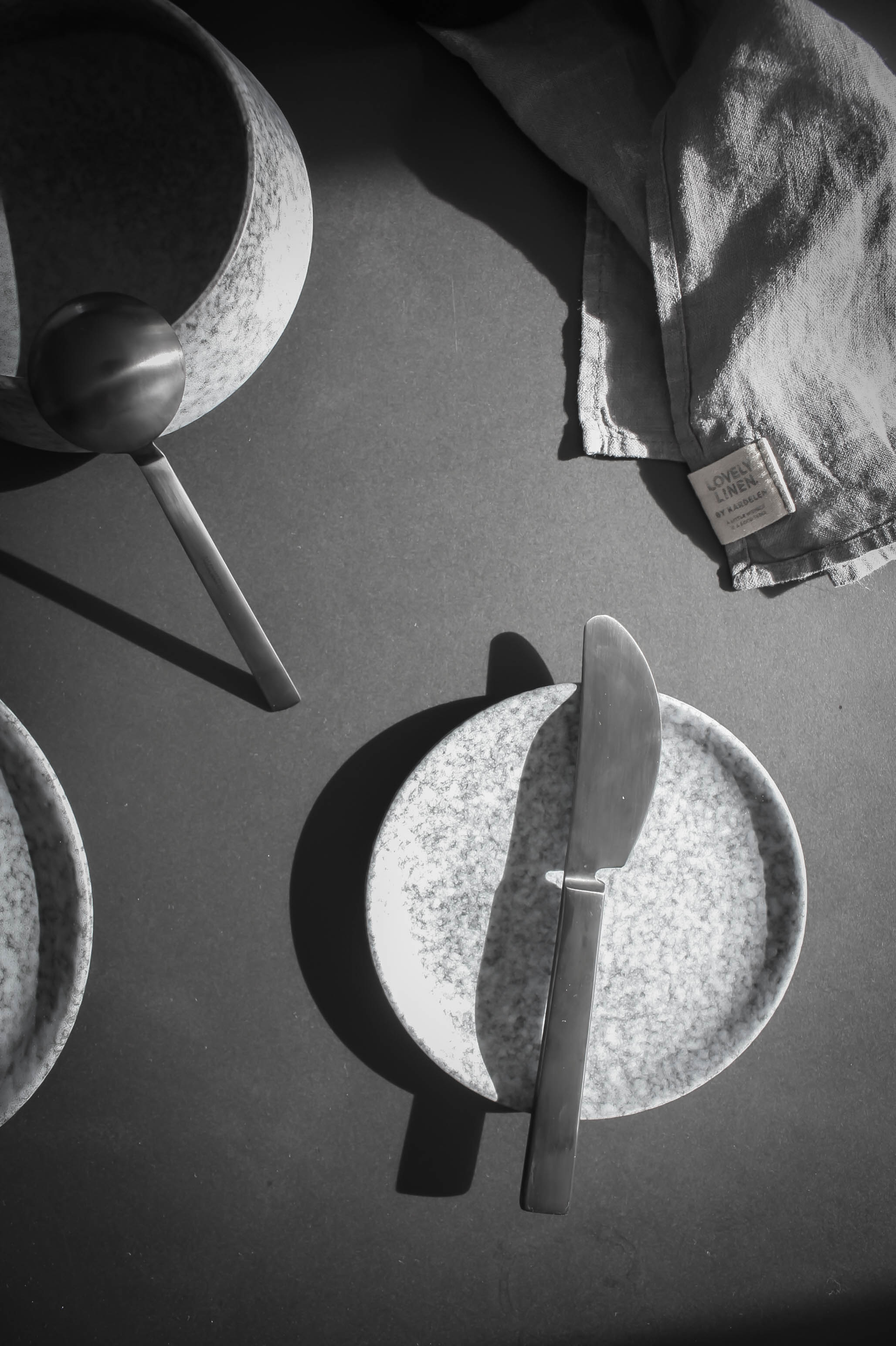
(c) Interview, styling and photography: Valerie Schoeneich









